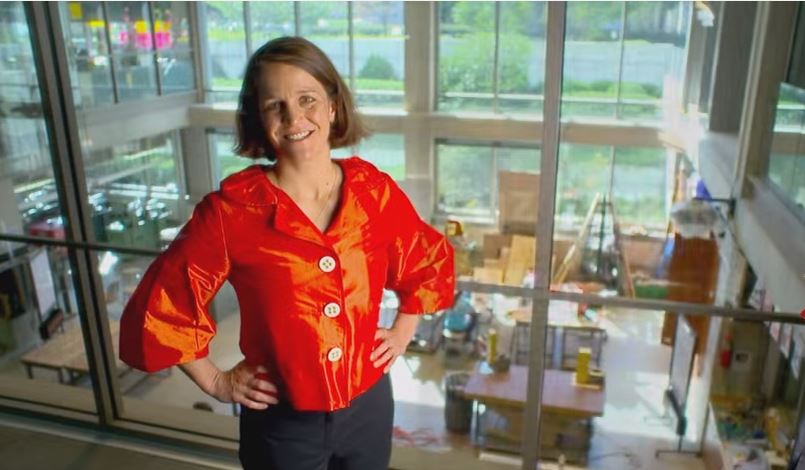BTN.com staff, December 15, 2014

During football and basketball games, BTN LiveBIG will spotlight notable examples of research, innovation and community service from around the conference. In-Game stories will provide more background on these features, and the opportunity to view the videos again.
In some respects, higher education has changed a great deal during the past few decades. For instance, women make up the majority of today?s college students, degrees can now be earned online, and there are more academic majors than ever before. But the foundation of a university education hasn?t transformed much since, say, a century ago.
?You go to class, you read books, you listen to lectures, you take exams and then you graduate,? said Liz Gerber, the Breed Junior Chair of Design in the Segal Design Institute at Northwestern University. ?We love to put our education to use, but it?s often tough to do that in the traditional classroom. What if we could actually work on real problems with professionals in the community? If we could solve those problems, how would our lives be different??
Gerber started Design for America in 2008 (the founding studio at Northwestern was established in early 2009) as a response to those questions - and as a corrective to a perceived lack of change in the higher education model. The founding principle of the initiative was to get students more engaged with design concepts by having them apply their knowledge to real social issues in their communities, such as obesity or public hygiene.
The qualities that underpin the various projects undertaken by participants include having empathy, taking calculated risks and demonstrating practical value. The response to this approach has been very enthusiastic: Today, Design for America boasts 21 studios across the United States. Additionally, the network has thousands of students and hundreds of core team members from 100-plus majors.
That intellectual diversity appeals to Pratap Jayaram, a sophomore at Northwestern majoring in manufacturing and design engineering - and theater.
[btn-post-package]?It has opened my eyes to the ways that people with very different experiences, interests and goals can all come together to work on the same projects and complement each other with their skills,? he said. ?Design is something you automatically associate with engineering, especially because we?re under the umbrella of the McCormick School of Engineering. But in reality, a lot of the important work is done by people who don?t have engineering training - people like artists, anthropologists and researchers ? people who understand how humans think. I love having the opportunity to work with a diverse group of people, and working on DFA projects has convinced me that?s something I want to do in the future.?
We featured Design for America last year at BTN LiveBIG. Now, play the one-minute video above to find out more about how Design for America is changing the game for education and social impact.
By Brian Summerfield







 Find available live basketball action on our B1G+ app via BigTenPlus.com.
Find available live basketball action on our B1G+ app via BigTenPlus.com. 